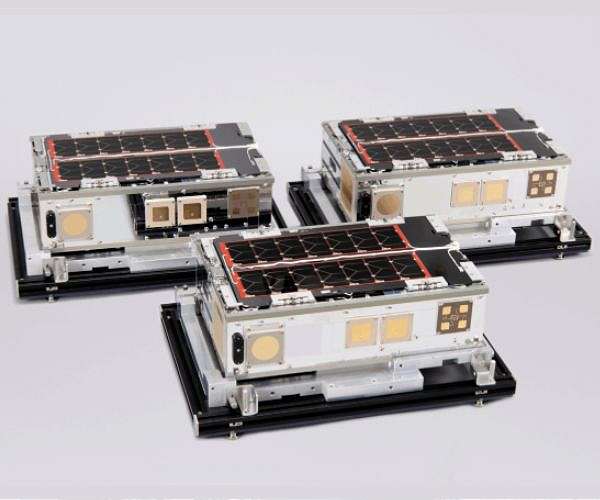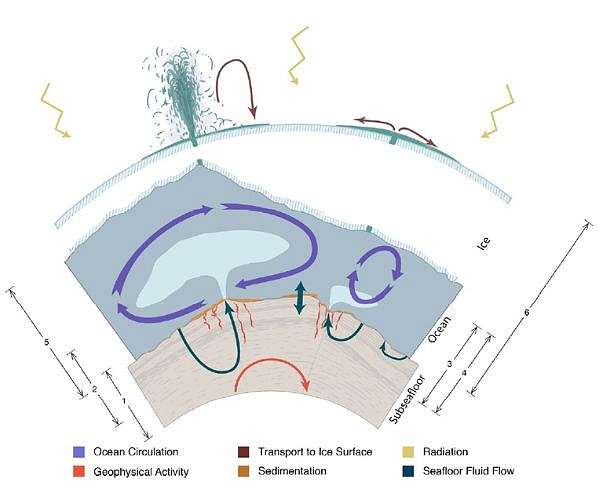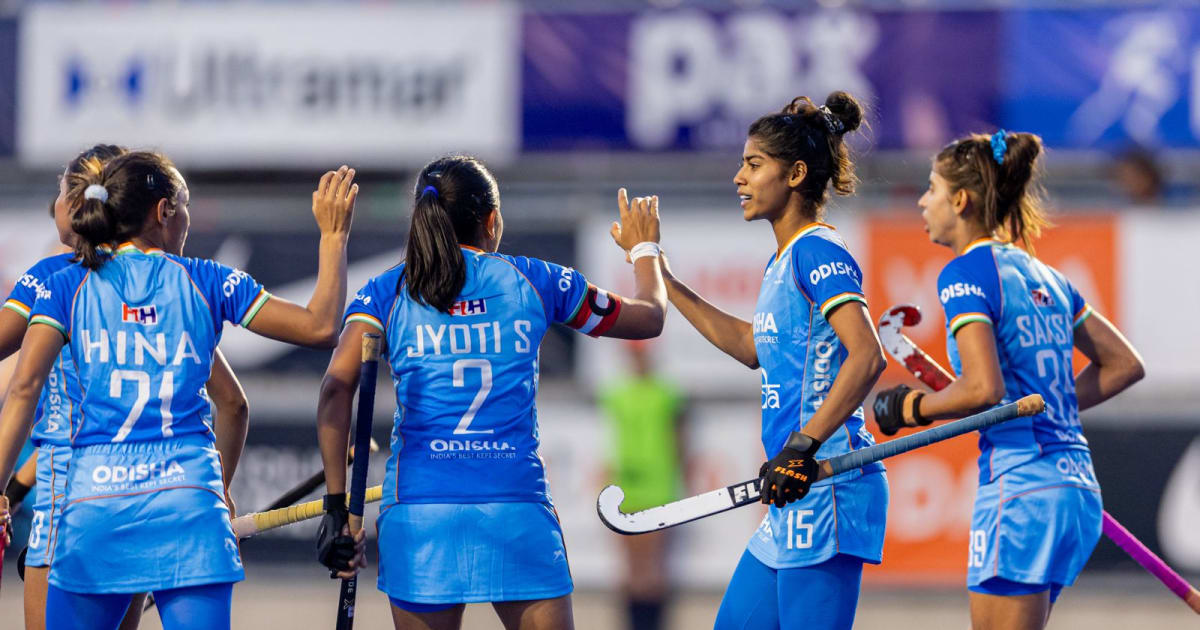by Riko Seibo
Tokyo, Japan (SPX) Dec 08, 2025
Tokyo, Japan, December 1, 2025 – ArkEdge Space Inc., a Tokyo-based space technology company that designs, builds, and operates micro-satellite constellations, has launched three new…

by Riko Seibo
Tokyo, Japan (SPX) Dec 08, 2025
Tokyo, Japan, December 1, 2025 – ArkEdge Space Inc., a Tokyo-based space technology company that designs, builds, and operates micro-satellite constellations, has launched three new…

STOCKHOLM — Hungarian László Krasznahorkai, who won the Nobel Prize in literature for his lyrical novels that combine a bleak worldview with mordant humor, gave a lecture in Stockholm on Sunday in one of his rare public appearances.
The…

by Robert Schreiber
Potsdam, Germany (SPX) Dec 08, 2025
The European Southern Observatory ESO has signed an agreement with a large international consortium for the design and construction of the Multi-Object Spectrograph MOSAIC, an…

by Clarence Oxford
Los Angeles CA (SPX) Dec 08, 2025
Ocean worlds such as Jupiter’s icy moon Europa and Saturn’s moon Enceladus are emerging as prime locations to search for life beyond Earth, potentially including a second,…

by Robert Schreiber
Zurich, Switzerland (SPX) Dec 08, 2025
Beyond Gravity is expanding from supplying satellite components to delivering complete satellites based on a new low Earth orbit platform. The company aims to offer turnkey…

by Kelsie Sandoval
Los Angeles CA (SPX) Dec 08, 2025
Cedars-Sinai is partnering with Exobiosphere, a company that has developed scientific hardware to automate biomedical research in space and on Earth. Using this hardware,…

A newly surfaced iPhone prototype has offered a rare and important look at an unreleased version of iOS that Apple never shipped. The internal build, identified as iOS 19, predates iOS 26 and appears to hint at how Apple shaped the operating…

India beat Wales 3-1 in their 9-16 classification match of the Women’s FIH Hockey Junior World Cup 2025 at the Centro Deportivo de Hockey Césped, Estadio Nacional in Santiago, Chile, on Sunday.
Hina Bano (14’), Sunelita Toppo (24’), and…